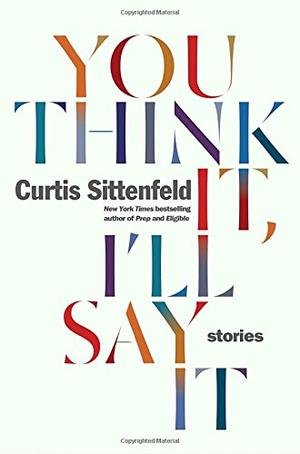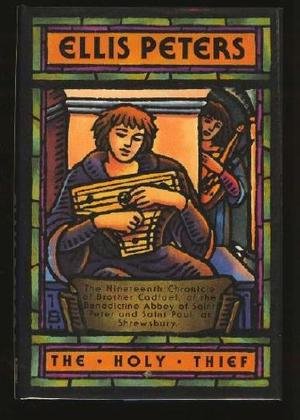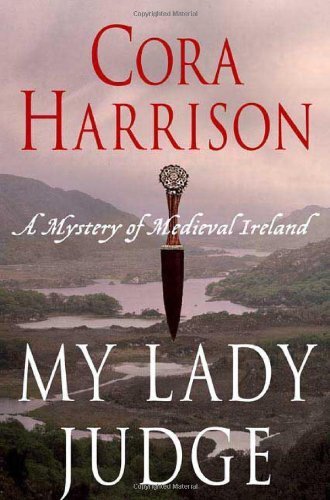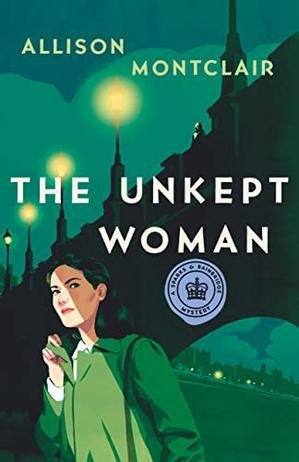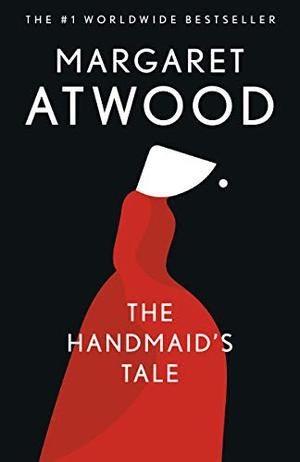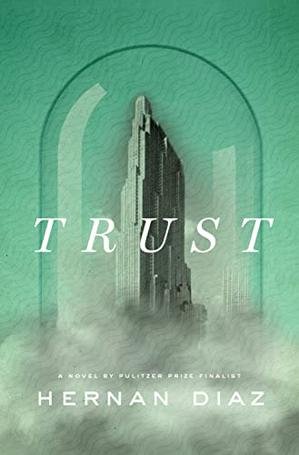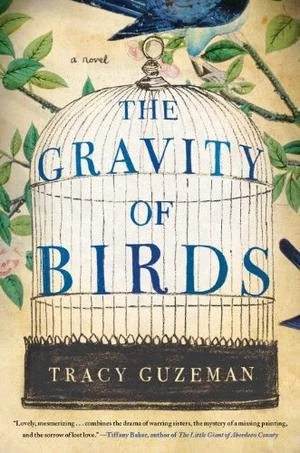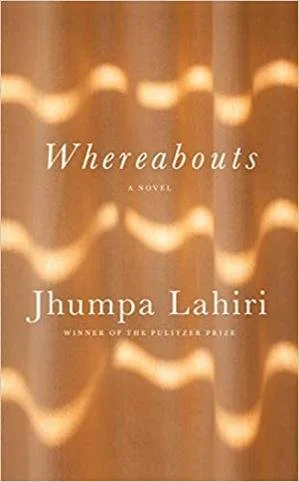Two short novels, both from Ireland:
Foster Claire Keegan (2010, 2022) This gem-like novella is already part of the school curriculum in Ireland, and now, twelve years after its initial publication, the full version is finally available in the United States. Keegan compresses an enormous amount into 92 pages, as she did with her acclaimed novella Small Things Like These. In Foster, a young Irish girl is taken to live with relatives at the beginning of summer. It’s unclear if the arrangement is permanent or temporary, and the tension of this uncertainty hangs over the narrative—as do mysteries about the girls’ birth parents and about her foster parents. Keegan is able to evoke panoramic scenes with spare sentences like this one, on the first page: “It is a hot day, bright, with patches of shade and greenish, sudden light along the road.” The dialogue is similarly spare but revealing of character. Don’t miss this book. (The movie version, The Quiet Girl, is also excellent—in the Irish language, with subtitles.)
The Queen of Dirt Island Donal Ryan (2022, 2023) In rural County Tipperary, widow Eileen Aylward shares her modest house with her daughter, Saoirse (pronounced something like SUR-sha), and her widowed mother-in-law, Mary. Their story spans the mid-1980s to the early 2010s and includes feuds, romances, deaths, and run-ins with the Irish Republican Army. Through it all, they hang on by loving each other fiercely, even though they yell at each other a lot. You might classify this book, which is divided into two-page mini-chapters, as a very long prose poem—the language is that rich. And toward the end, a delightful element of meta-fiction also enters the narrative. For another exquisite piece of writing from Donal Ryan, check out his linked short stories in The Spinning Heart, which I reviewed on this blog back in 2018.
And a long novel, from the United States:
Commitment Mona Simpson (2023) Walter, Lina, and Donnie Aziz are teens in California in 1972 when their struggling single-parent mother, Diane, becomes severely depressed and is institutionalized. Walter, who is starting college at Berkeley, leaves Lina and Donnie in the care of a devoted family friend, Julie. The novelist tracks the lives of these five people over the next decade and a half, delving by turns into decisions by each of Diane’s three children, often in intricate detail. The narrative structure made me want to know what would happen in the next chapter—and the next—but this long novel does require (ahem) commitment on the part of the reader. I think it’s worth the time to observe how bravely the characters face adversity.







